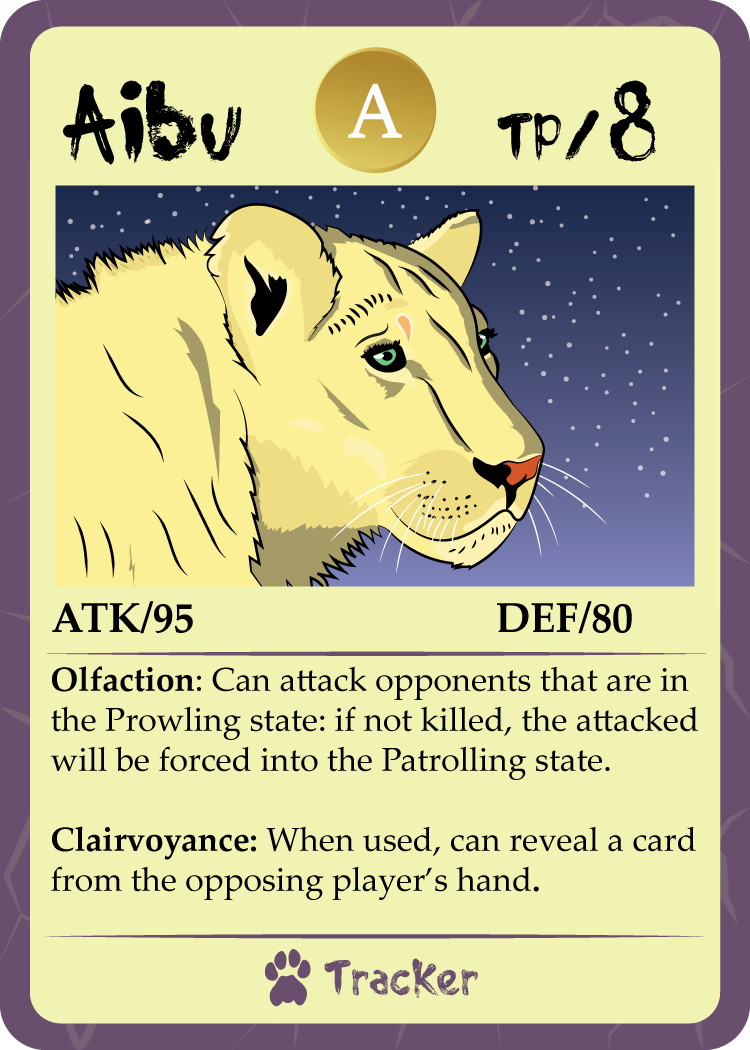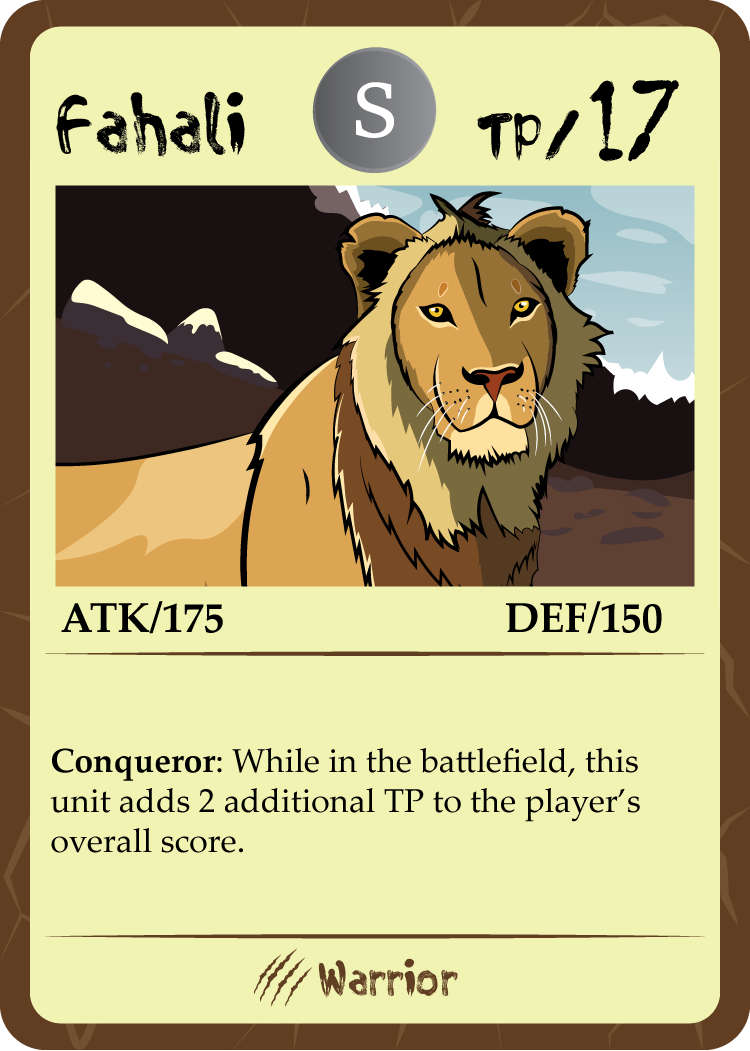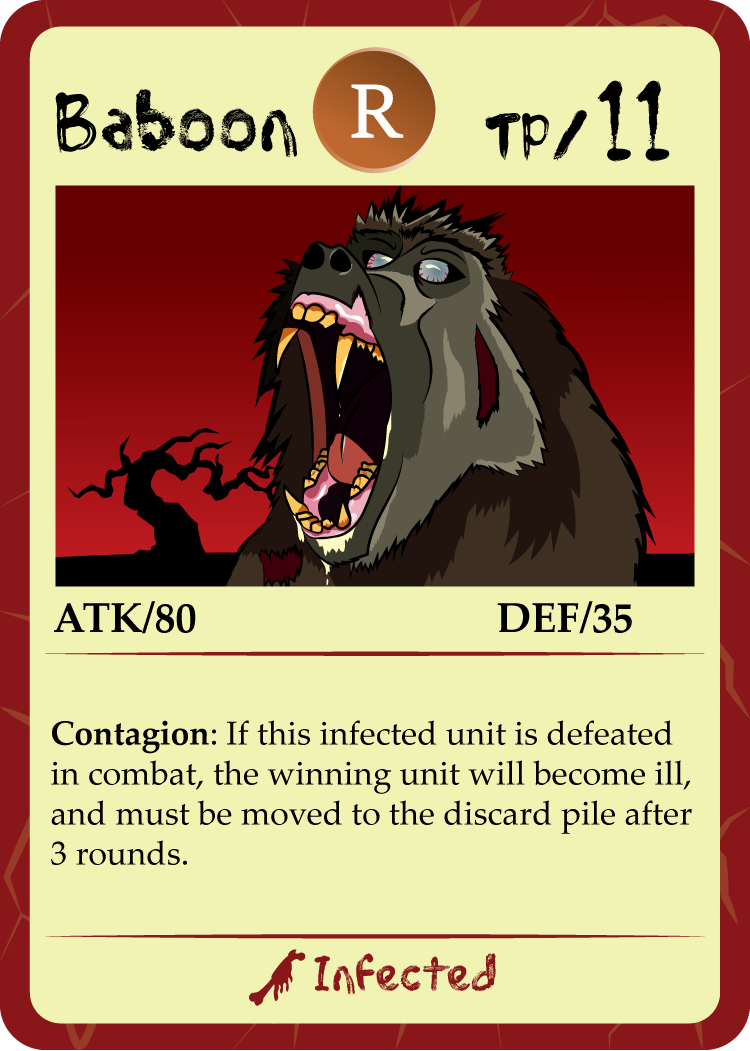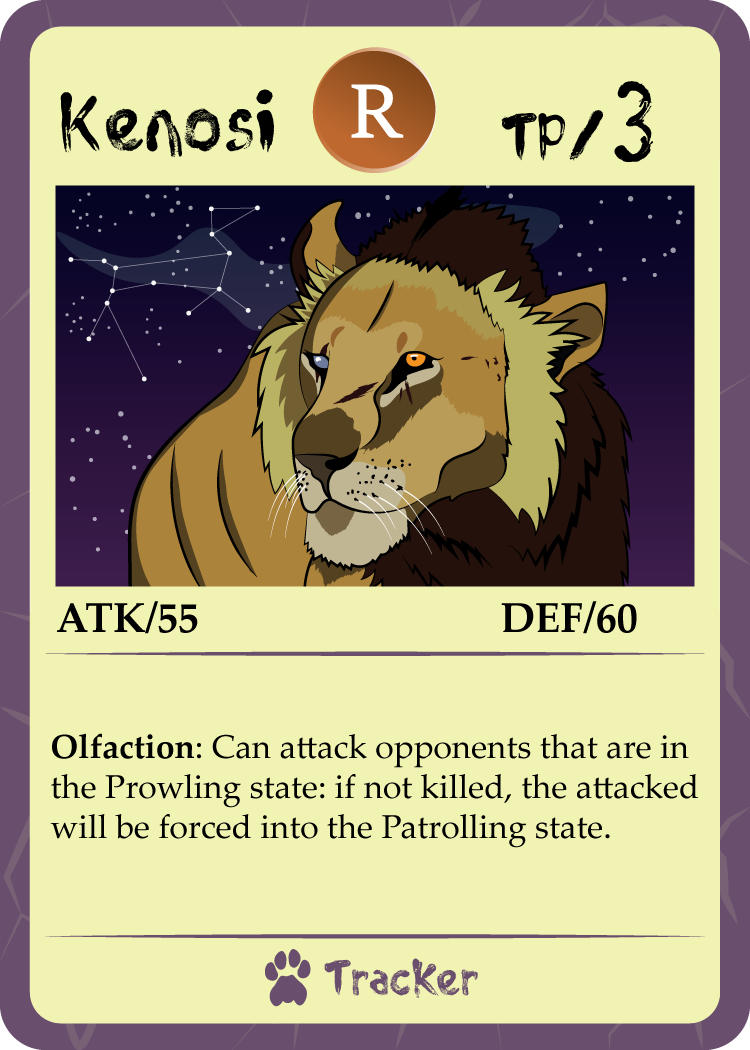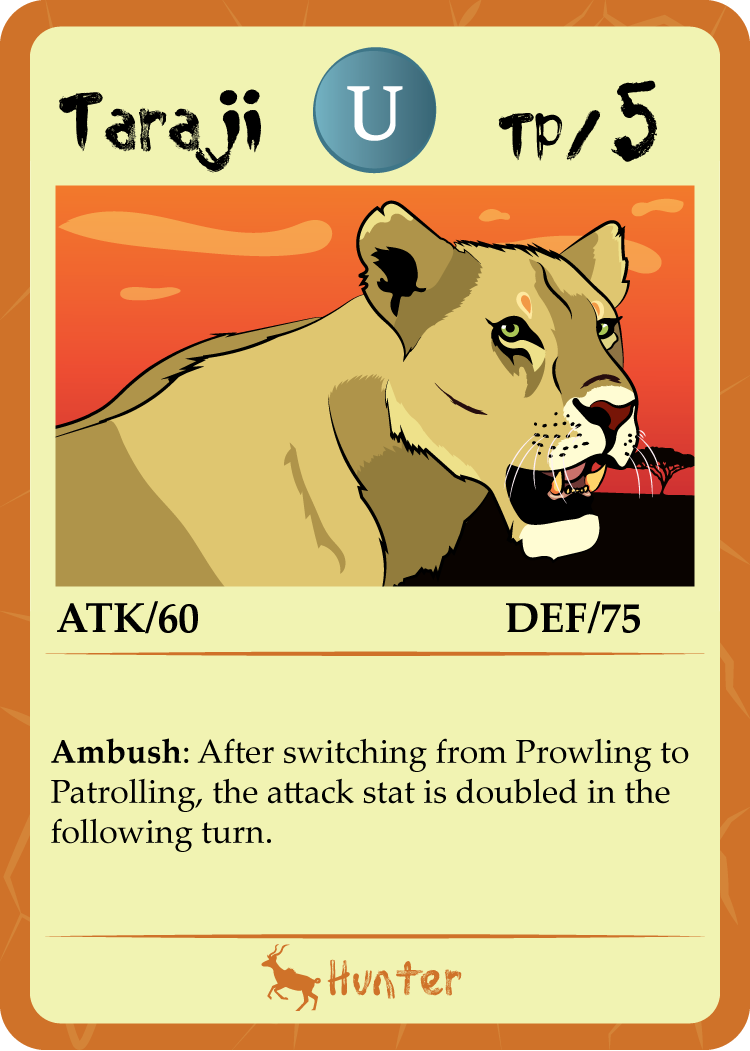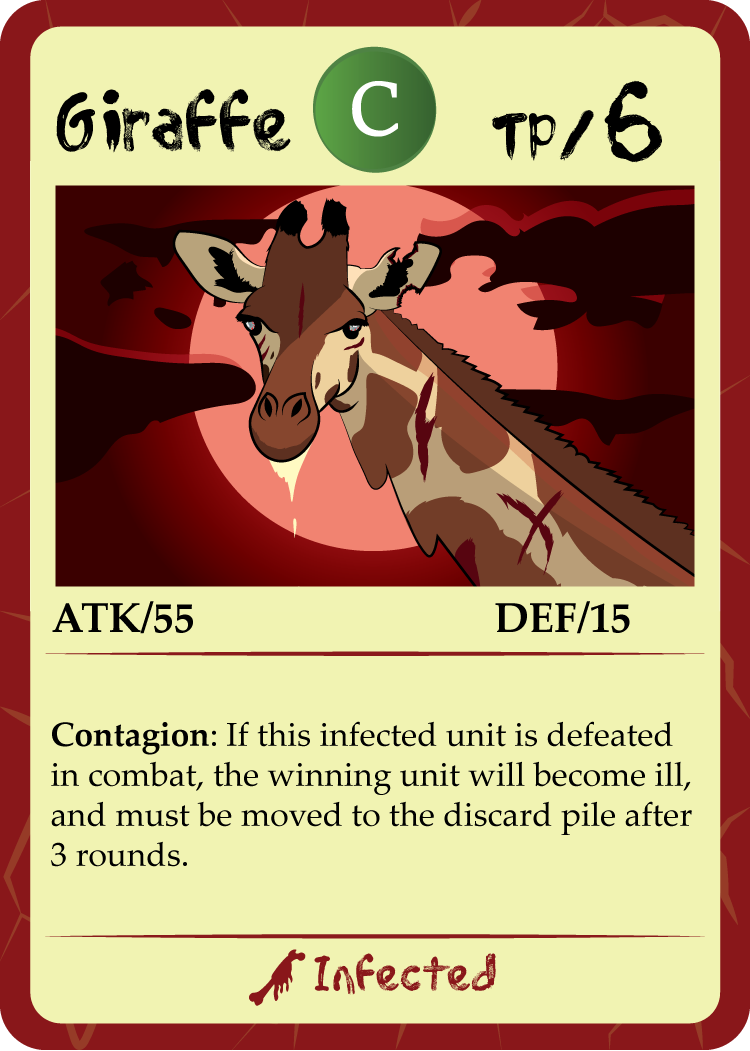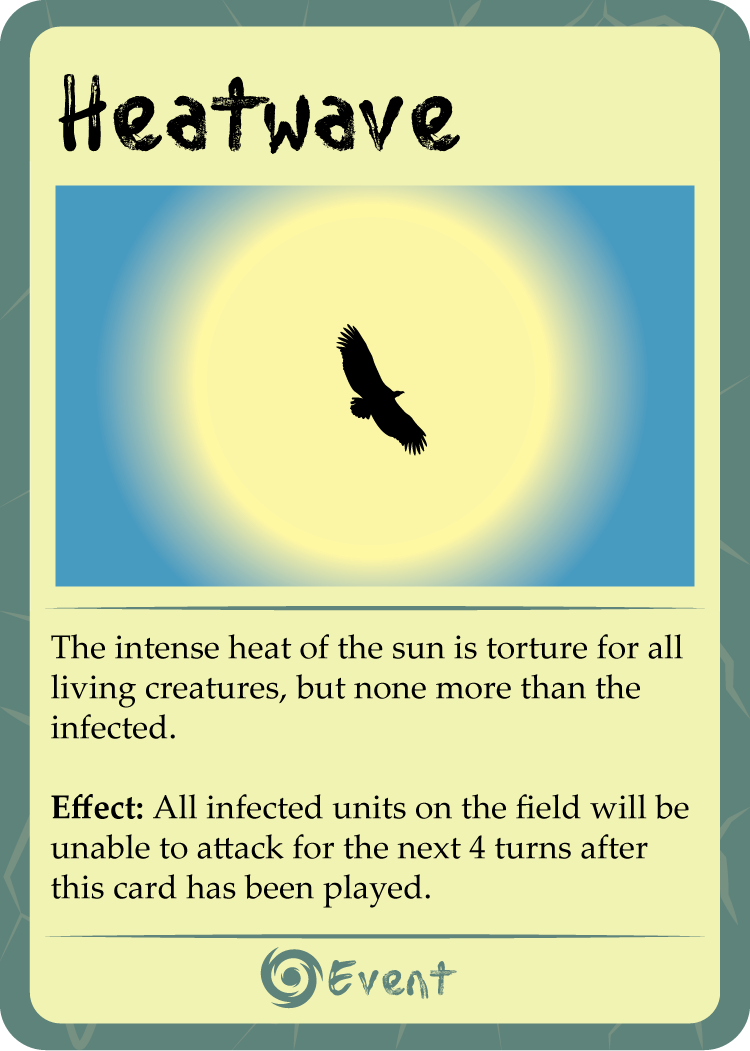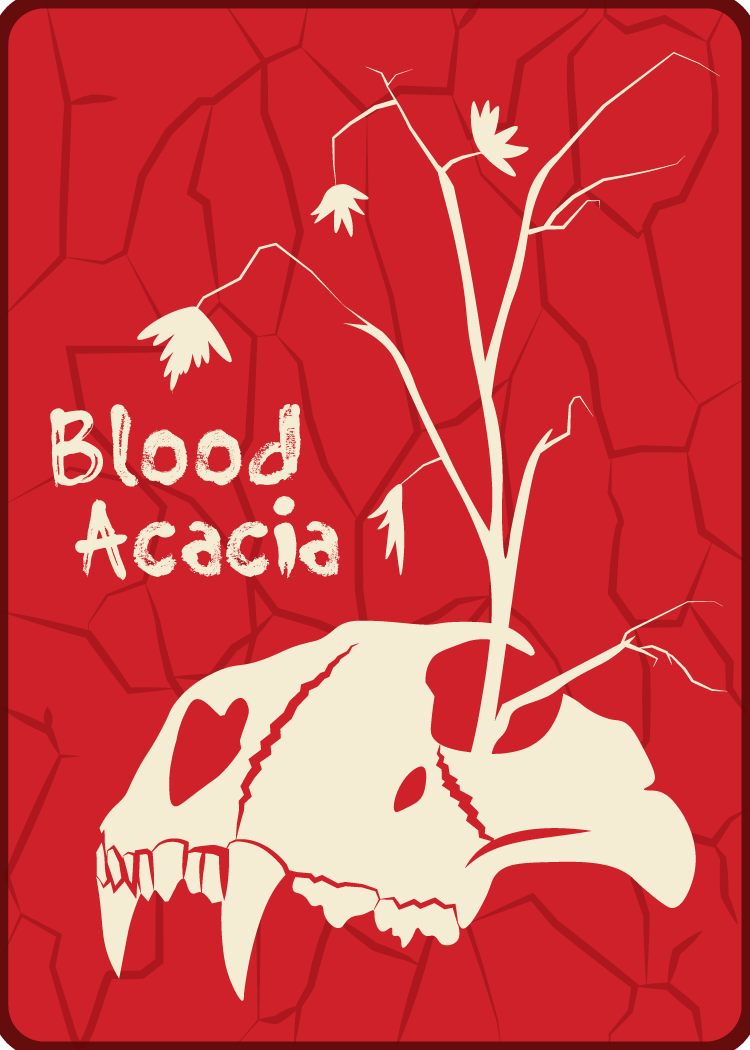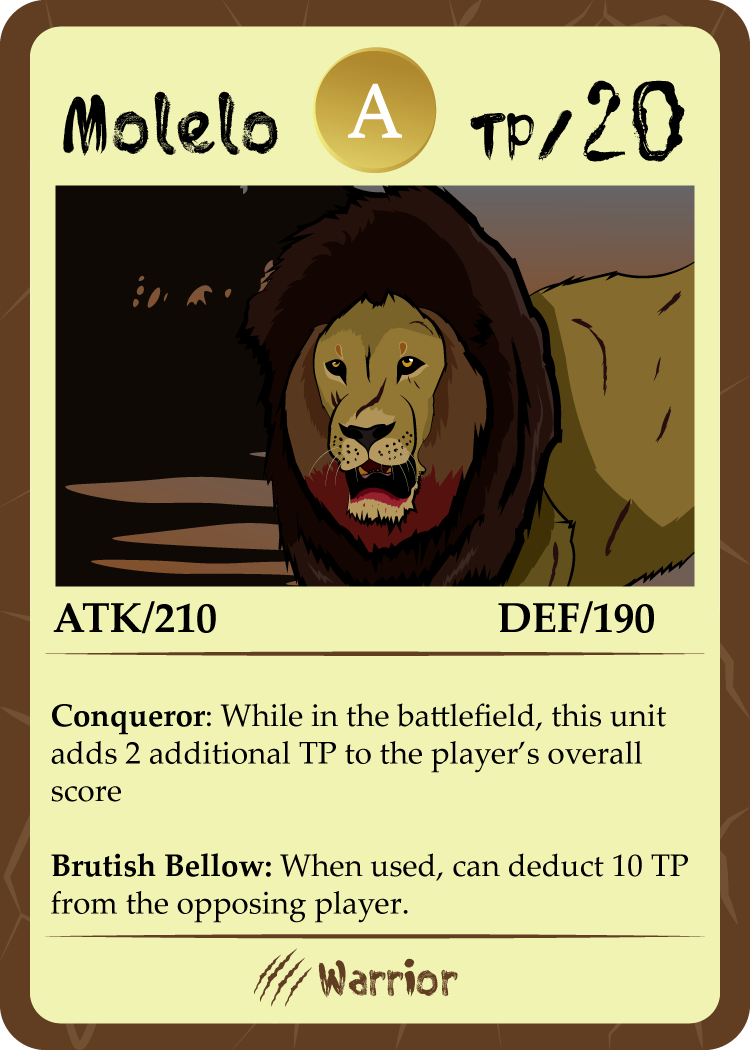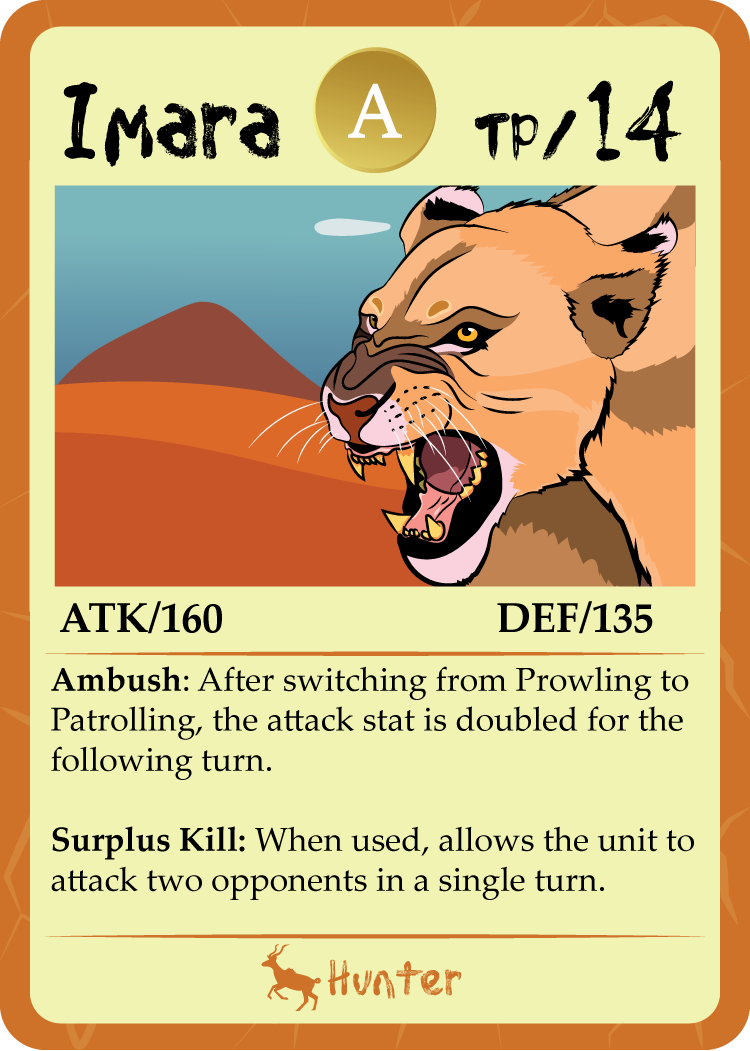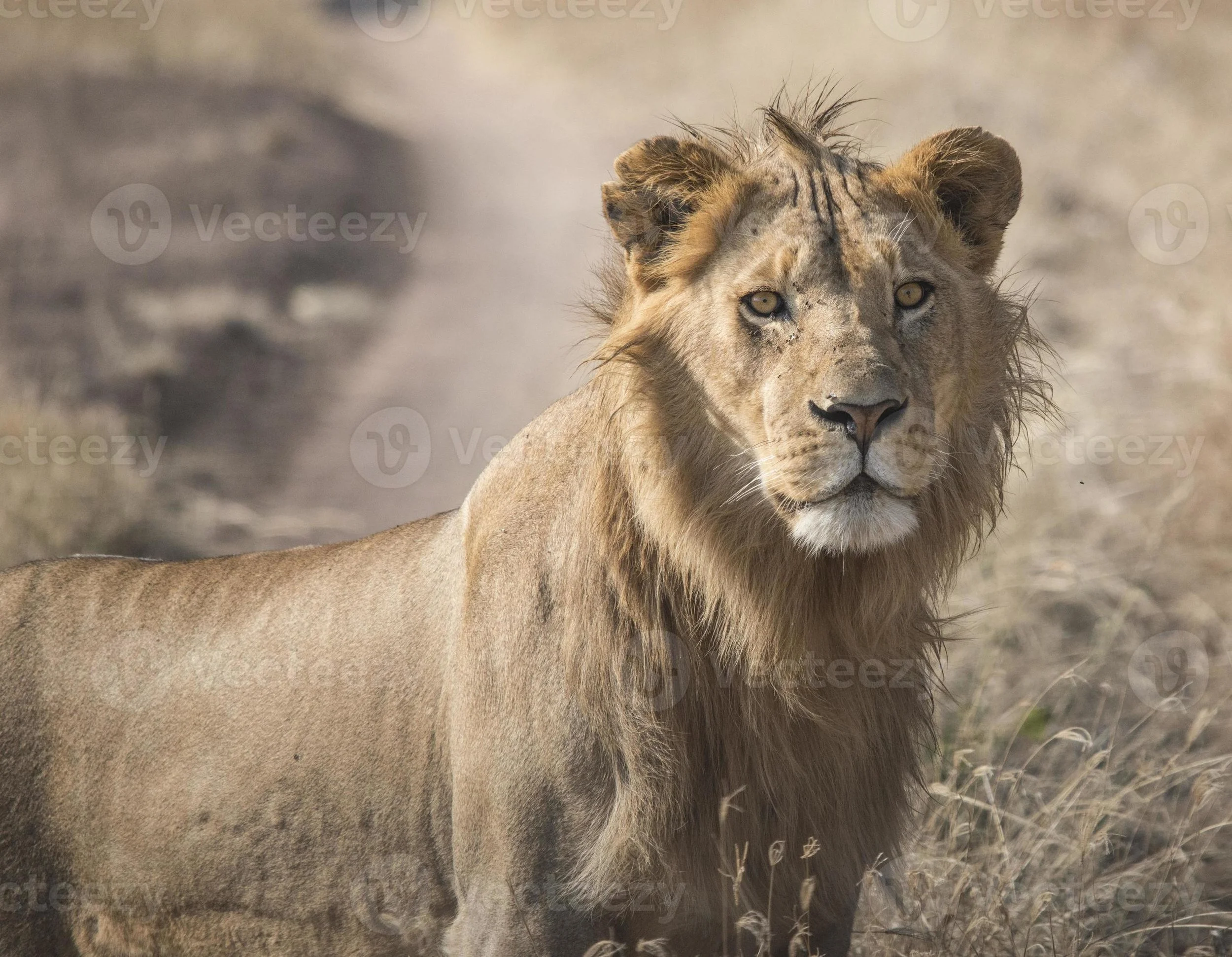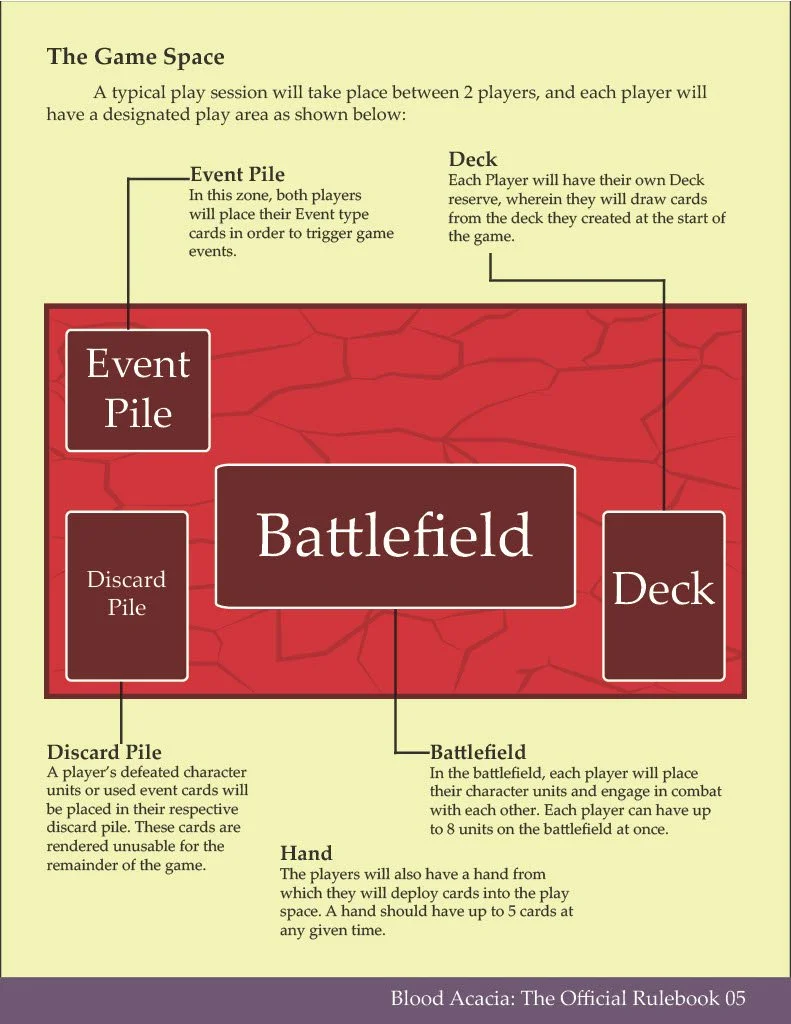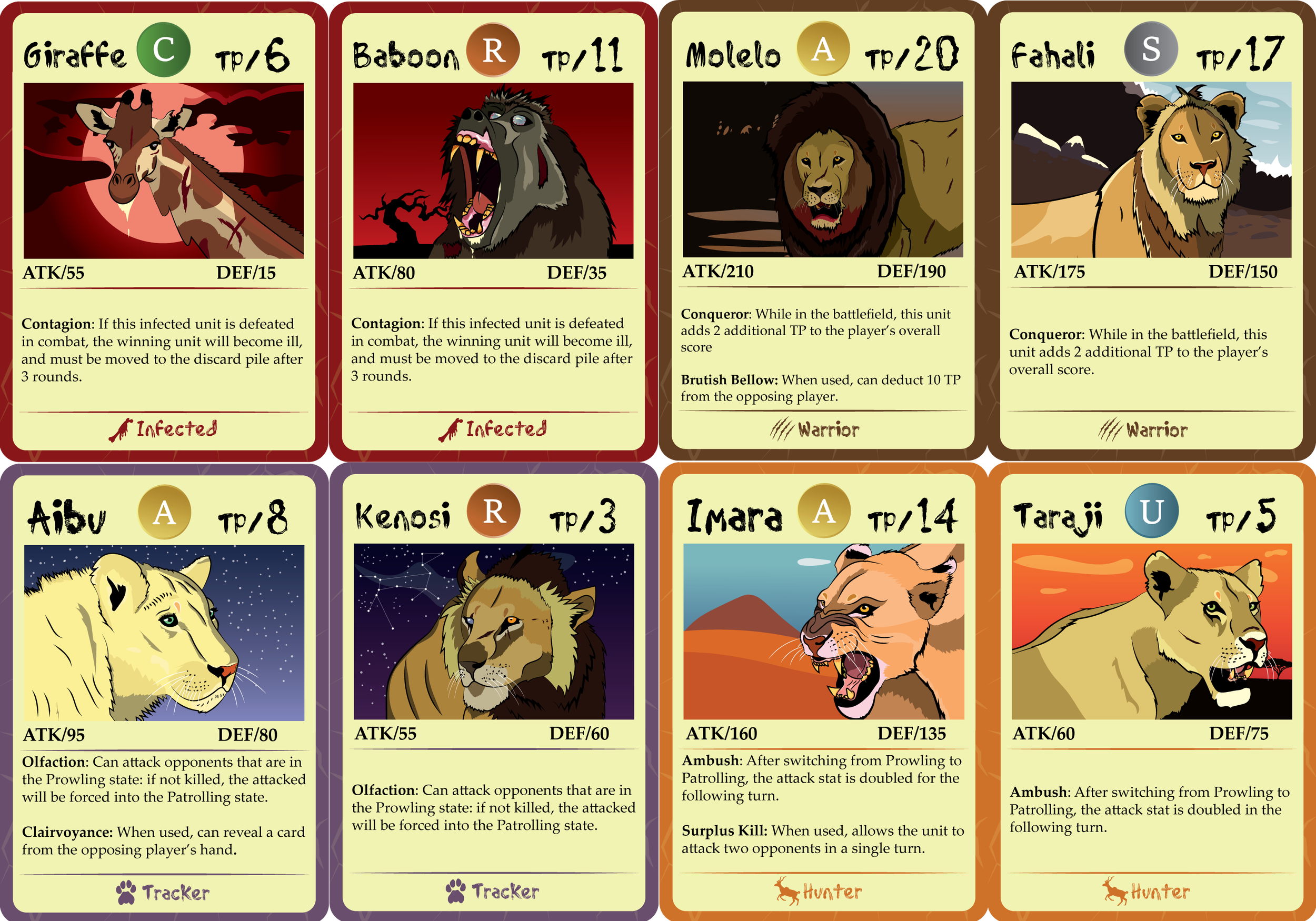The Design Brief
In my Junior Year design studio, ART 354, I was given the opportunity to engage in an open creative project. The subject matter and final deliverable were entirely at our discretion, so long as it incorporated usable design as a core basis. This was a multi-month, semester-length project, and so I would have an ample amount of time to create a fleshed out, high-fidelity project.
The Concept
Starting the winter of my Junior Year, I had decided that I wanted to accomplish a monumental personal goal, which was to complete a full-length novel. This had been a bucket list item of mine for years, and I decided that there was truly no time like the present. Naturally, I wanted the novel to be about animals, a story similar to Plague Dogs, Watership Down, or A Black Fox Running. These stories are unique in that they give voice to animals, showcasing the world through their points of view. However, my story would have a twist: what would happen if a zombie outbreak occurred out in nature, how would the animal kingdom respond to such a threat? My story, Blood Acacia, would follow two lion siblings trying to find safety as the infected took over their savannah home.
With my novel premise established, there came the task of outlining the actual story. It was from this premise that directly influenced my project, as I decided that I wanted to create a trading card game that adapted characters and concepts from my novel. This project would serve as a sort of outlining tool, helping to inform the characters and tone that I would go on to write about. In that sense, both the novel and the trading card game would inform one another in a collaborative relationship.
My novel is intended to be for young adults and teenagers, the kind of novel one may find in a school library. With this in mind, I envisioned the trading card game being licensed by Scholastic, being a form of additional engagement for fans of the novel to continue interacting with the story and it’s characters.
The Look and Feel
Establishing the look and feel of the game would need to accurately reflect the intended tone of the story. Blood Acacia is a gritty, brutal, and oftentimes desolating story. Life for a wild animal is already often short, violent, and distressing, and with the added narrative element of the undead, these normal pressures become even further intensified. The overall look of the trading card game was meant to reflect these elements, with plenty of natural elements like cracked earth, sand, and stone, but with the additional themes of death such as skulls, veins, and wilted foliage.
This led naturally into the color choice for the game. Red was an obvious primary color, as a symbolization of both blood and flesh, alongside an off-white color to represent the color of bone. Additional earthy tones were selected as well, such as orange, brown, and a cool blue, as I wanted a diverse color range to choose from when it came time to design my cards.
Perhaps the most distinctive and novel of my color choices was the muted purple. Blood Acacia features subtle mystical elements with some of it’s characters, especially the protagonist, and so the inclusion of the purple color added some subtle implication to these elements, while also fitting in well with the rest of the chosen colors.
Tajamuka Script was selected as the display typeface, as it’s hand-painted look reminded me of blood smears, and had a primal, wild feel that suited the tone of the story well. Footlight MT, by extension, worked well for general readability within the rest of the project.
The Cards
When it came time to design the cards, I had to first establish the kind of game that I would be making. With the story centering around lions, fighting and killing were a very prominent aspect of the story. Therefore, a game centered around Player V Player combat made the most sense, with players being able to assemble their own teams with collected cards and engage in combat with opponents.
A rudimentary set of rules would be established, as well as basic statistics that each card would need. These statistics would include Attack, Defense, Card Rarity, and Territory Points (TP). These statistics each had a role in gameplay, which was centered around player’s utilizing their units in order to defeat other units in combat, building their own TP points in order to win the game. I looked to other combat-based trading card games such as Yu-Gi-Oh! and Pokémon in regards to how the cards would be templated. Due to the cards being a standard 2.5x3.5 in. size, I would need to ensure that the image-text size ratio would permit legibility at a small size. Furthermore, important gameplay information such as statistics and the card type would have to be readily apparent at a glance, which is where color and iconography come into play.
There would be two essential kinds of cards: units and events. These cards were differentiated by color, icons, and of course labels that denoted their type. Unit cards in particular had different classes which impacted gameplay function, those being Trackers, Hunters, Warriors, and the Infected. It was important that players were able to tell which card was which at a glance, and so each of these different types of units had a unique symbol and color identification in order to identify them properly.
Adobe Illustrator was utilized for all card layouts and designs.
Once the core mechanics of gameplay were established, there came the task of representing the novel’s characters visually. These characters would serve as the essential units within gameplay, and so I wanted to ensure that they were rendered with a high degree of fidelity. I settled on eight essential characters from the novel to be translated into cards for my sample, with the implication that a fully-realized game model would have a wider selection of characters to choose from. This meant that for each unit type, there would be two characters to represent them for the prototype.
As the characters were animals, I drew obvious reference from the natural world in order to render each character, with subtle stylizations in order to make them feel more like distinctive characters. Aibu, for example, is a cream-colored lion with light green eyes. This color combination is practically unheard of in wild lions, but it helps distinguish him as a character and therefore makes him visually distinct in the context of the game. I designed every character portrait in Adobe Illustrator.
The Portraits
The Rulebook
Once the cards were created, my final task for the project would be to create a document of rules, detailing the flow of gameplay, tidbits of lore, how to play, and how the mechanics of the game all interacted with one another. I took heavy inspiration from other trading card games to not only establish the rules of play, but also to create my guidebook. It was important to me that the rulebook was aesthetically aligned with the cards, utilizing the same colors, patterns, and typography in order to make the entire package feel like a united experience.
The full rulebook can be viewed here.
The Reflection
The creation of my Blood Acacia Trading Card game served as a core foundation for not just analog game design, but also the writing process for the full novel. Working on the character portraits and accompanying lore served as an essential part of outlining the story, as the game would directly influence aspects of the novel and vice versa. This was an intensive project which pushed my creative limits, as I was not only juggling artistic aptitude, but also trying to create a fun and engaging game.
My primary area of self-critique would, by far, be the lack of playability of this prototype. As it exists now, the trading card game exists only as a hypothetical, with a small sample deck of cards and a guidebook. In a more robust demo, I would have liked to playtest this game in order to create a product more viable for use, and therefore strengthen the theme of heightened interactivity with the contents of the novel. But, as it stands now, I still found this project to be highly enriching, and it greatly benefitted my endeavor to write a compelling story.

